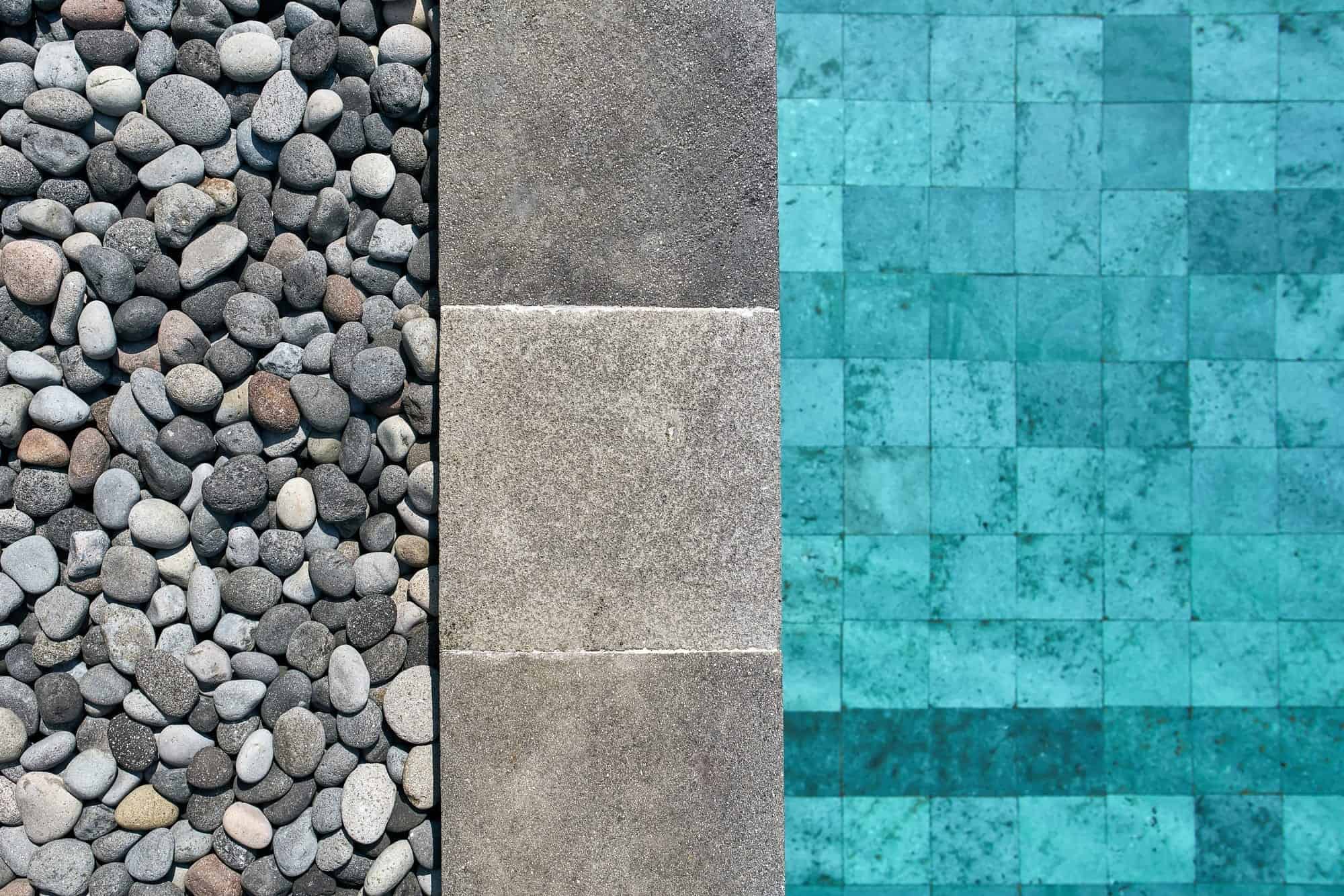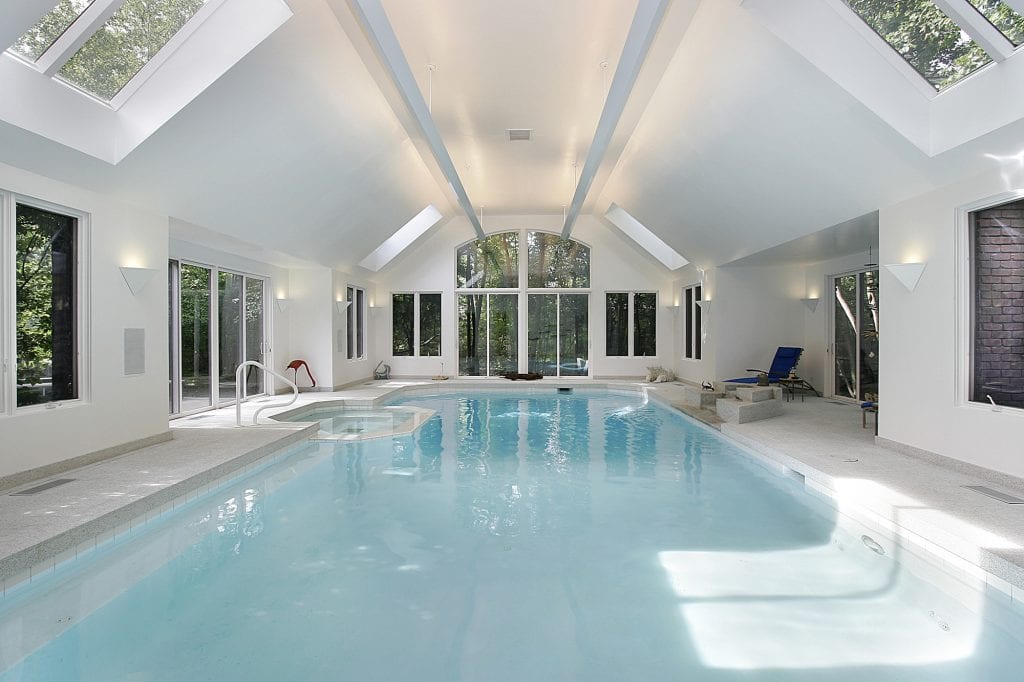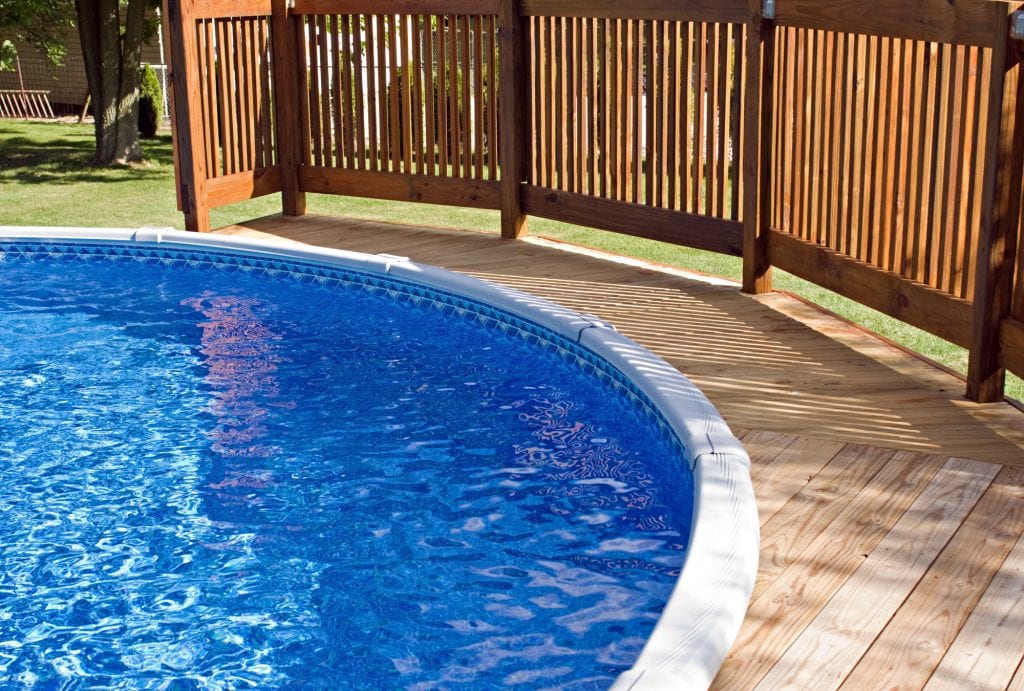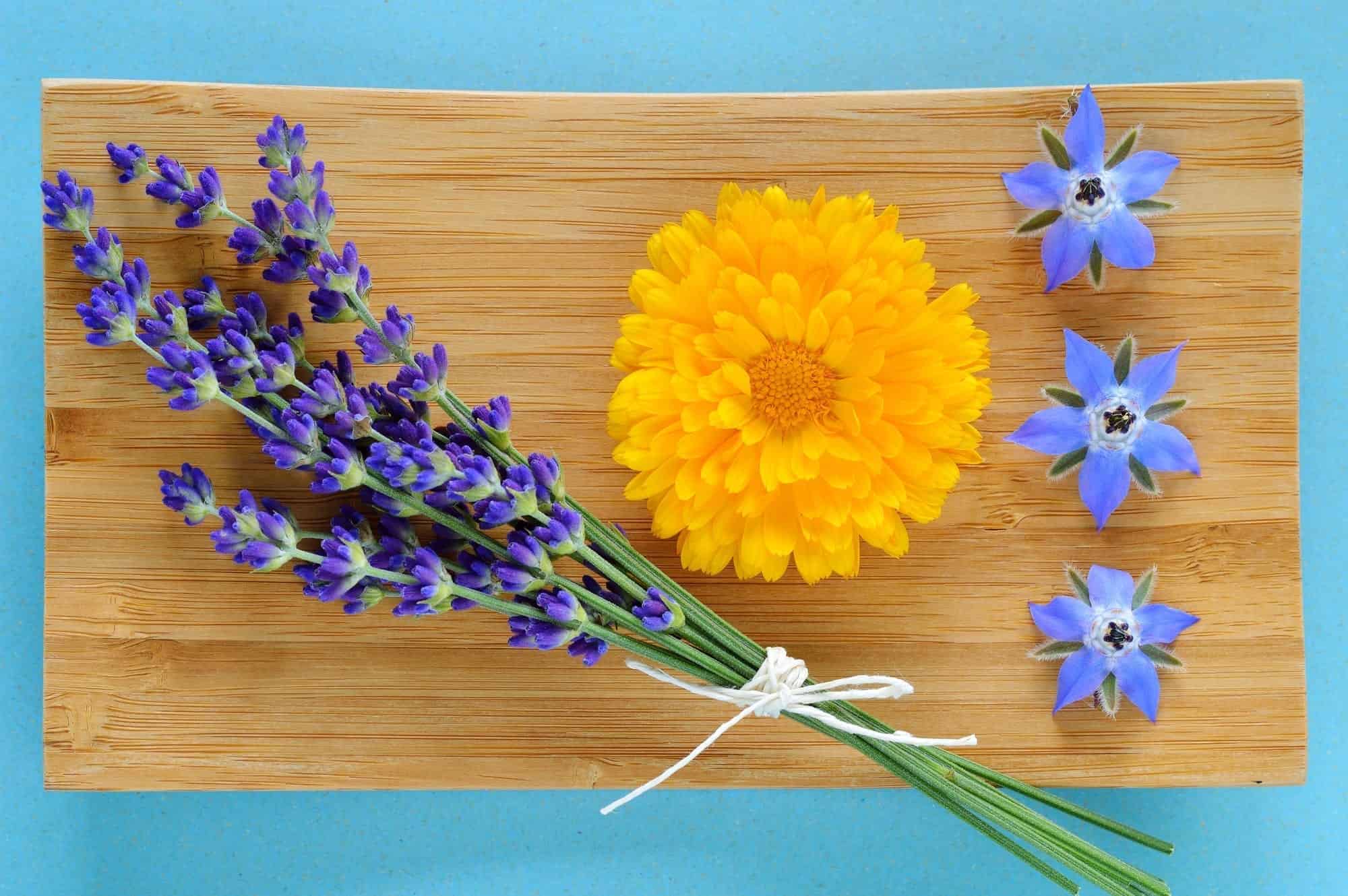
4 Best Materials to Use for a Pool Deck
Summer is heating up, and that may have you dreaming of a swimming pool (especially once the kids are out of school and need something to do!).
If you’ve decided to take the plunge (pun intended) and construct a pool in your backyard, one of the most important elements is the building materials used for the deck.
We’ll share 4 of the best materials that are functional and attractive. But first, consider these factors when making your decision:
- Slip-resistance: Make sure the material you choose offers traction when wet to avoid slips and falls.
- Heat-resistance: Some materials get super hot under the sun, so walking across the deck with bare feet can be painful!
- Water-resistance: Go for a material that won’t break down, mold, or wear from exposure to chlorinated water.
- Low-maintenance: You don’t want to spend your free time cleaning and fixing your pool deck. Go for durable materials that need little upkeep.
Alright, without further ado- let’s look at the 4 best pool deck materials.

Concrete
Concrete is flexible for design purposes, easy to install, and is highly abrasive to prevent slipping.
Get as creative as you want with concrete, utilizing techniques such as stamping, stenciling, pebble mosaics, coloring, a rock salt finish, and more.
The only downside to concrete is that it’s not a DIY project. You’ll have to hire a contractor to do it for you, so the labor costs might be expensive.

Cedar, redwood, and teak are all suitable options for a pool deck because they are water-resistant, but wood is still less durable than stone or concrete when exposed to water and chemicals over time.
Some people love the natural finish for a pool deck though, especially for a hot tub to give it that “spa-like” feel. If you’re worried about fading or water damage, opt for composite wood, which is a plastic synthetic.
Tile
Tile is a low-cost option that is easy to install yourself. It looks elegant, and there are so many different colors and styles to choose from.
The only downside is that tile is often glazed, resulting in a smooth surface that is very slippery when wet. As well, you’ll need to scrub in-between the tiles regularly to clean out dirt and grime.

Pebble Tile
For a natural, trendy look that feels great underfoot, try pebble tile. It’s easy to install by yourself and doesn’t require many supplies.
It’s also low cost and gives you plenty of options since there are so many colors to choose from.
Some people find that pebble tile feels uncomfortable to step on. If that’s the case for you, there are sliced pebble tiles that are smooth and flat for sensitive feet.






Leave a Reply